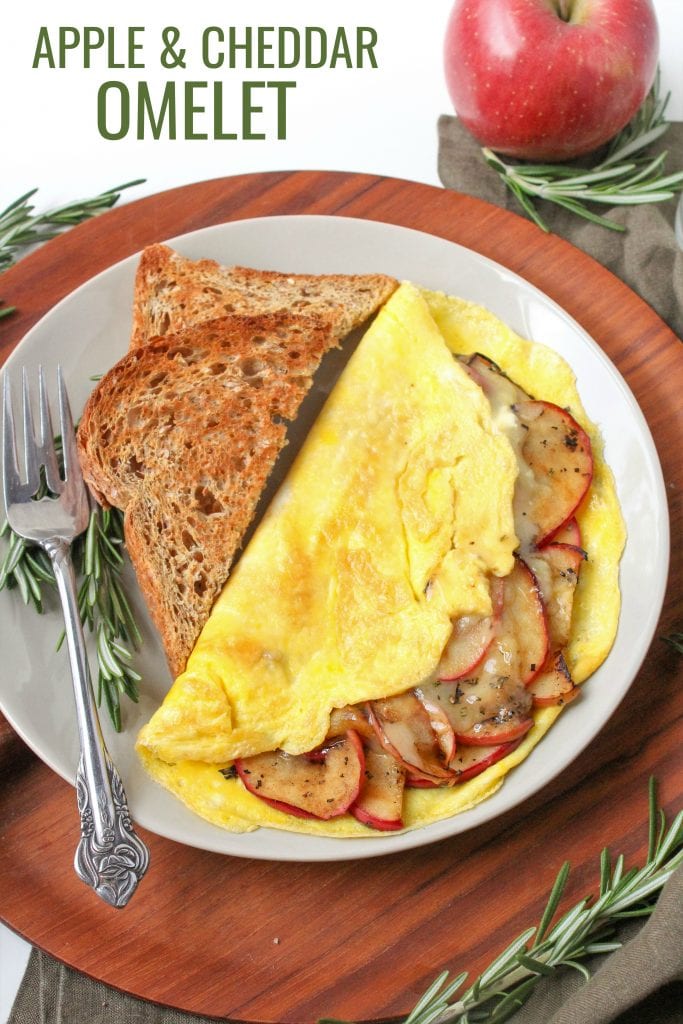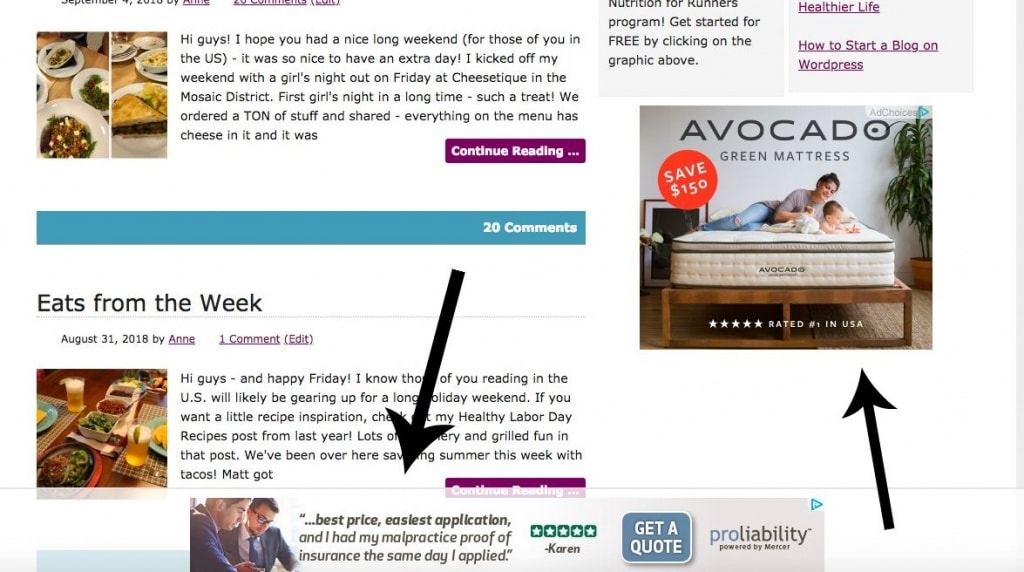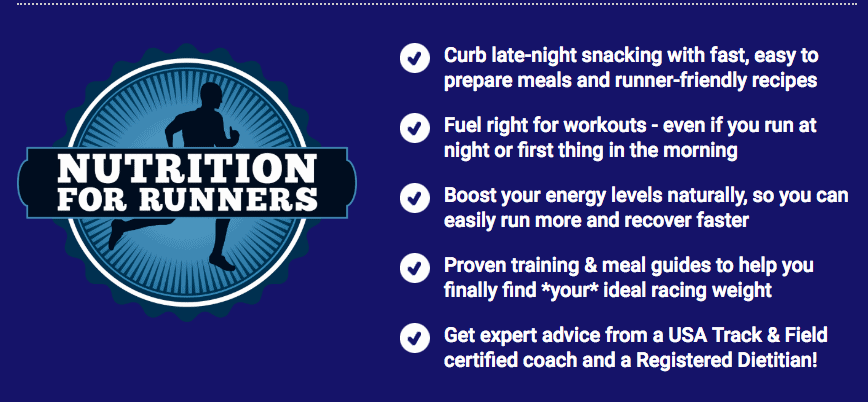After sharing my recent blogging business update post, I had a number of people comment and email me asking for more details about how to make money as a blogger. I’m happy to share some more tips and insight into how to make money from a blog in hopes that it will be helpful to those of you looking to do the same!
(psst: Want to start a blog? Check out my how to start a blog on wordpress post + tips for new bloggers + how to get more traffic and keep readers engaged <- super old post but still relevant.)
How To Make Money As a Blogger
There are 4 main ways that I make money as a blogger, all of which are pretty common. They are:
- Sponsored posts (Want to see all my recent sponsored posts? Here they are: sponsored content.)
- Sidebar + in-content advertisements
- Online Programs/E-Books (my Nutrition for Runners Program and my Joyful Eating Program)
- Affiliate links
In 2018, of my blog-related income, 69% was from sponsored posts, 23% was from sidebar/in-content advertisements, 6% was from my online programs/e-books, and 2% was from affiliate links. Some bloggers have very different percentage breakdowns depending on their main focus; I know bloggers who are crushing it with their programs or affiliate links, for example.
Here are more details about what all of these things are/how they work.
Sponsored posts
As a dietitian, I often partner with food-related brands to develop recipes featuring their products. I love doing sponsored recipe posts because I know it’s providing a lot of value to you guys, my readers, but I also enjoy spreading the word about cool products or services that I think you all would love via non-recipe sponsored posts.
Whenever I share a post that begins with “Thank you to ____ for sponsoring this post”, that means that I have been paid to develop that specific post. When I was a newer blogger, I would usually pitch brands or PR firms directly; now that I am more established, and also given the RD credential, brands will sometimes come to me. It’s extremely important to me to only promote products/brands/services that I truly love and will actually use myself, and also to not oversaturate my blog/social media with sponsored content, so I turn down the vast majority of the opportunities that come my way.
I’ve previously shared my tips for working with brands as a blogger, if you’d like to read more about all this!
Here are some examples of recent sponsored blog posts: Apple and White Cheddar Omelet, A Date Night In, Sheet Pan Maple Curry Chicken, and 10 Packed Lunch Ideas Featuring Watermelon.
Sidebar and in-content advertisements
Ads are a nice form of “passive” income for bloggers (well, kind of passive – you still have to be writing/getting traffic to make money from them – but they are a lot less hands on from the blogger’s perspective). These are the ads that show up on my sidebar and header/footer, and in between the text in some parts of my posts. See below for an example.
When I first started my blog, and for the first few years before sponsored posts were really a thing, sidebar ads were the main way I made money from my blog. Bloggers get paid for these ads based on how many times their website (and therefore the ad) loads, so the more traffic I get to my blog, the more money I make from these ads.
You can fill/manage the ads directly yourself, but most established bloggers nowadays use an advertising management agency that does all the behind the scenes ad work, like going back and forth to advertisers, putting all the code on our sites so the ads will show up, etc. All we have to do is keep writing (and constantly keep re-sharing old posts on social media) so people keep reading!
I do still have full control over how many ads appear on my site, though, and where exactly they appear. I’ve opted out of a number of ads that I personally find annoying (like intense pop ups, or ads that show up on my photos), but it’s a balancing act to still make money while also protecting a good user experience.
(A couple recs for great ad optimization/management agencies are AdThrive and MediaVine, if you’re interested. Mediavine requires at least 25,000 sessions (not pageviews) per month from their bloggers, and AdThrive requires a minimum of 100,000 monthly pageviews. If you don’t meet the requirements yet, when I first started my blog, I just signed up for Google Adsense ads on my own, so there’s always that route, too.)
Online Programs/E-Books
A lot of bloggers nowadays offer programs or e-books through their blogs, generally focusing on the most common or popular themes on their blogs. (For example, many food bloggers will have mini cookbooks for sale on their sites, or food prep guides, etc.)
Since I’m a dietitian, I have co-authored two virtual nutrition/wellness programs that focus on my main areas of expertise: 1) a Nutrition for Runners Program, and 2) my Joyful Eating Program (focusing on intuitive and mindful eating). I continue to promote these programs via my blog as relevant, as do my co-authors.
Online programs and e-books make some bloggers a really great income – but to do really well here you need to learn a lot about email marketing (specifically drip campaigns – google it for more info). I am definitely not an expert here at all, so I will let you research this form of blogging income elsewhere. 🙂
Affiliate Links
An affiliate link is a link to a product or program online that includes a special code that tells the website I’m referring my readers to that I was the one referring them. If that reader then makes a purchase after following my link, I will receive a small percentage of the sale price as a thank you for the referral. (The price is the same for the purchaser, whether someone referred them or not – don’t worry!)
The most common affiliate links nowadays are products on Amazon — they have a great affiliate program, and of course they have so many products available it’s easy to link to them. So anytime I’m linking to a product I recommend that’s available on Amazon, I go to my Amazon Affiliates to snag a special link so that I’ll be credited for the referral. There are also some larger affiliate marketing networks – each work with different websites so depending what website you are linking to, you may have to go through a different affiliate marketing network to become an affiliate for them. Some of the main ones I know about are: Commission Junction, ShopStyle Collective, RewardStyle, and ShareASale. And some smaller websites also have their own in-house affiliate programs.
This is another area in which some bloggers (especially fashion bloggers) are seriously crushing it but that I don’t really focus on that much. Yes, I do like to recommend products I think are awesome, and when I do so I use an affiliate link if possible, but I don’t love when all bloggers do is share a bazillion affiliate links. So, I try to keep this low key.
And that’s that! I hope this email was helpful for those of you who are interested in turning your blogs into your careers, or into a lucrative side hustle.
Any more questions/things I can clarify, just let me know!










